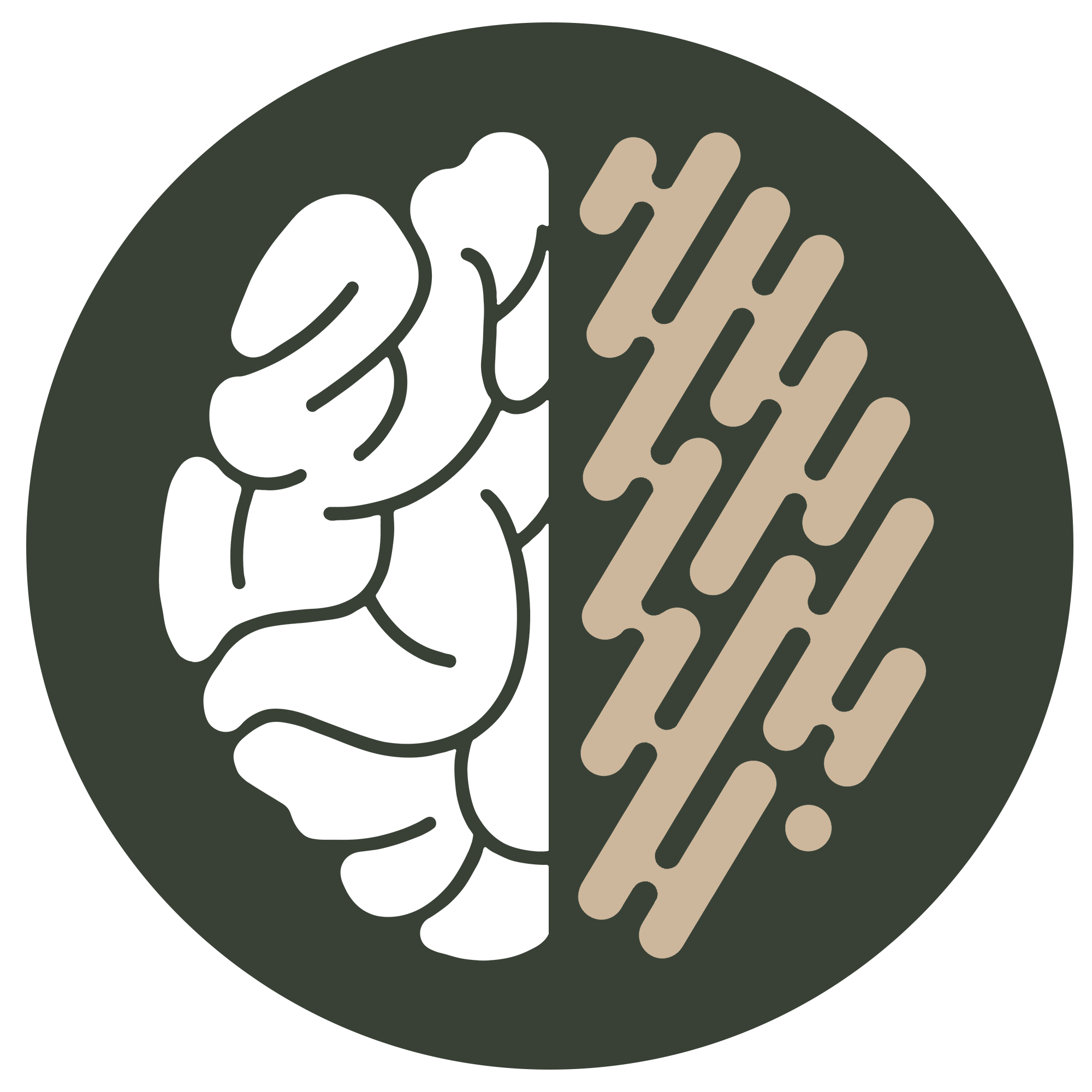Behind every pioneering idea lives a mind that thinks differently – one that’s likely neurodivergent.
The innate qualities of various neurotypes lend themselves beautifully to unlocking neurodiversity creativity in all its original forms. It’s time we reframe the narrative around neurodivergent brains as hotbeds brimming with artistic and inventive potential.
First, What Do We Mean by Neurodiversity Creativity?
Neurodiversity encompasses conditions like ADHD, Autism, Dyslexia and more that involve differences in cognitive processing, perception and learning. These neurotypes bring varations in memory, focus, emotional regulation and sensory integration.
While these differences have often been viewed from a ‘deficits mindset’ perspective as “disorders”, the neurodivergent community recognises the inherent gifts and strengths that divergence brings.
Many neurodivergent individuals exhibit exceptional creativity. Their unique perspectives often lead to innovative problem-solving and artistic expression, offering a refreshing alternative to conventional thinking. Research has shown that neurodivergent creativity is not just a byproduct of their neurological makeup but an essential aspect of it. This creativity can manifest in various ways, from art and music to novel approaches to scientific challenges. For instance, a study highlighted on Psychology Today explores how neurodivergence fuels artistic expression, showcasing the link between different neurotypes and innovative thinking.
So how exactly are diverse minds wired for breakthrough and how can workplaces harness neurodiversity creativity?

Flexible Perspectives Push Possibilities
Where neurotypical brains may automatically follow conventional logics, neurodivergent minds intuit original connections. We question norms, reimagine systems, and bend rules in our minds without even trying. Thought patterns aren’t confined to linear steps – they jump dynamically making space for “out of the box” ideas. Our minds mimic this by being perpetually open, exploring scenarios others would never entertain. This flexible thinking lays the foundation for bringing fresh perspectives to any creative challenge.

Harnessing the Power of Hyperfocus
When fueled by passion, neurodivergent individuals can enter intense states of concentration known as hyperfocus. The outside world falls away and focus zeroes in on the task infront of them, often for hours straight. This laser ability to tune out distraction while fully immersing in creative flow allows rapid mastery of skills through dedicated practice. The wheels turn much faster. Over time, layer upon layer of refined technique compound for unique creative expression. Channeling hyperfocus towards purposeful creativity is key.

Translating Heightened Sensitivities
Neurodivergent individuals often take in sensory information like sounds, textures, colours and physical sensations much more acutely. Our aesthetic radar picks up on the subtle details that are frequently missed. The sensations we experience also tend to feel amplified. This heightened sensitivity, when directed creatively, unveils incredible nuance. Self-expression becomes a multi-dimensional experience engaging all the senses. Subtler themes hidden from most reveal themselves to us, waiting to be translated through our medium of choice.

The Gift of Divergent Observation
Identifying patterns, discrepancies and little peculiarities comes naturally to differently-wired minds. Where others observe mundanity, our minds spotlight atypical visual details and make connections between seemingly unrelated concepts. These unique perspectives stem from how our brains filter and store information. When expressed, they allow us to infuse innovation into creative works in remarkably signature ways. Our eyes catch what most don’t.

Bending the Rules
Challenging norms, interpreting guidelines laterally, questioning arbitrary constraints – these tendencies come as second nature to neurodivergent individuals. So does jumping between ideas rapidly without limiting beliefs around what’s possible or “practical”. This comfort with coloring outside the lines lends perfectly itself to bending creative rules and traditions. When unrestrained, neurodivergence allows rewriting playbooks fueling entire genres.
It’s time we embrace cognitive divergence not as a flaw but as a fortune. To nurture brilliant brains rather than “fix” them. There are no limits to human potential except those we construct ourselves. The world needs original thinkers today more than ever and should embrace the creative gifts of neurodiversity.
Allow neurodivergent minds ‘off leash’ – to wander, unlock, feel, and to reimagine without apology with neurodiversity creativity. The masterpieces inside are waiting!
Resources
Psychology Today. (2020, October 7). Neurodiversity and creativity: How neurodivergence fuels artistic expression. Psychology Today. Retrieved August 18, 2024, from https://www.psychologytoday.com/us/blog/arts-and-health/202010/neurodiversity-and-creativity



